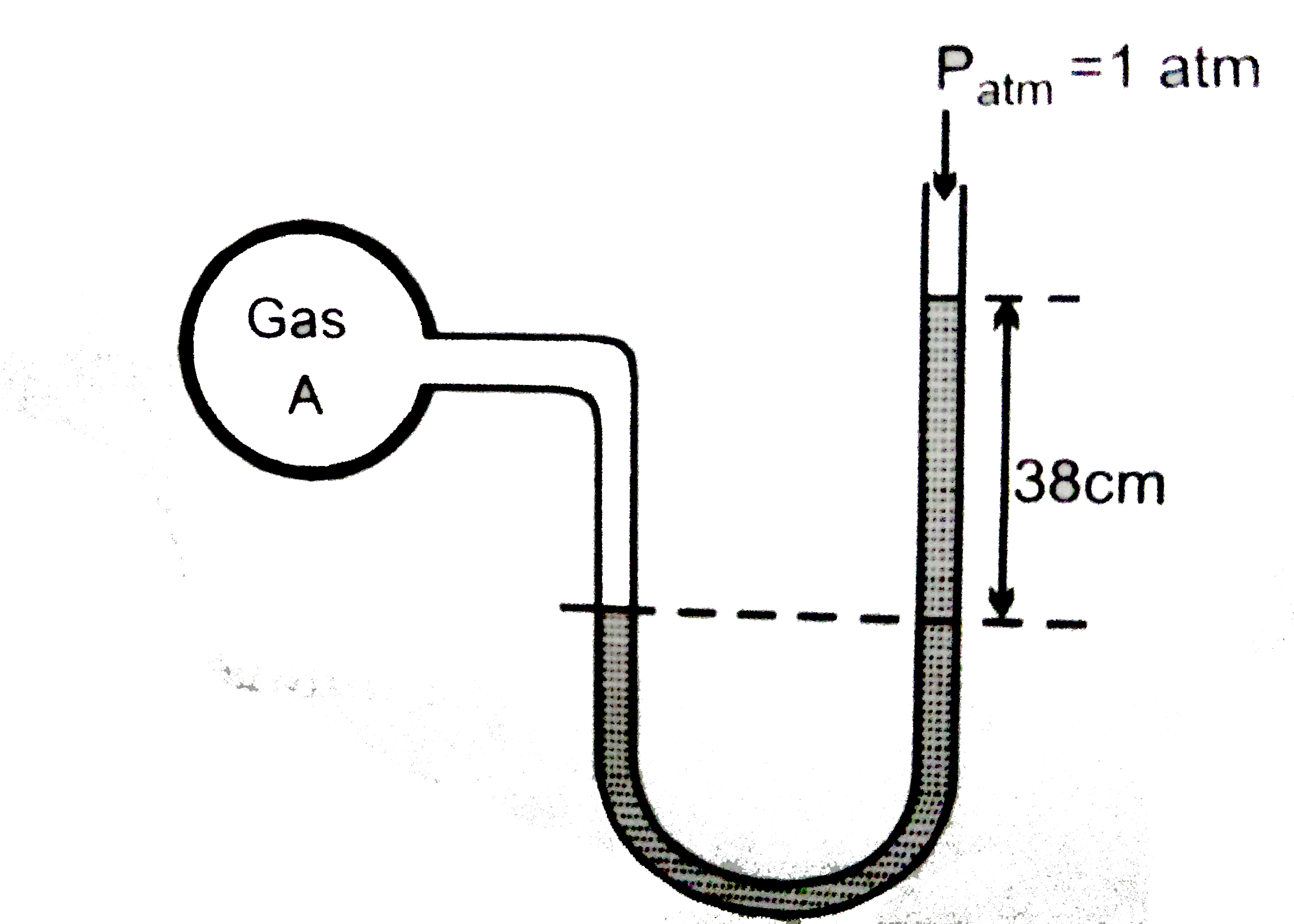S.L Miller's closed flask contained
CH4
NH3 and water vapours
H2
All the above
The correct Answer is:D
Step-by-Step Solution:
1. Understanding the Experiment: S.L. Miller conducted an experiment in 1952 to simulate the conditions of early Earth and to investigate the origin of life. The goal was to see if organic molecules could be formed from inorganic substances.
2. Setting Up the Closed Flask: In the experiment, Miller used a closed flask system to create a controlled environment. This flask contained a mixture of gases that were believed to be present in the primitive atmosphere of Earth.
3. Identifying the Gases Used: The gases included:
- Water vapor (H2O)
- Methane (CH4)
- Ammonia (NH3)
- Hydrogen (H2)
4. Simulating Lightning: To simulate the energy from lightning that could have driven chemical reactions on early Earth, Miller used electrodes to create electrical sparks in the gas mixture.
5. Collecting the Results: After running the experiment, Miller analyzed the contents of the flask and found that organic molecules had formed as a result of the reactions. This demonstrated that inorganic molecules could be converted into organic molecules under the right conditions.
6. Conclusion: The correct answer to the question is that S.L. Miller's closed flask contained CH4 (methane), NH3 (ammonia), H2 (hydrogen), and H2O (water vapor). Therefore, all of the above gases were present in the flask.
Final Answer: S.L. Miller's closed flask contained CH4, NH3, H2, and H2O.
---
- Water vapor (H2O)
- Methane (CH4)
- Ammonia (NH3)
- Hydrogen (H2)
Topper's Solved these Questions
Similar Questions
Knowledge Check
In Miller's experiment, the gaseous mixture in the flask contained:
AMethane, ammonia, carbon dioxide and heliumBCarbon dioxide, hydrogen, water vapour and ammoniaCAmmonia, methane, hydrogen and water vapourDHydrogen, ammonia and methane and helium
A monometer contains a liquid of density 5.44g/cm3 is attached to a flask containing gas 'A' as follows

The initial pressure of gas A in th flask is:
View SolutionA well stoppered thermos flask contains hot water .This is an example of
View SolutionMention the contribution of S.L. Miller's experiments on Origin of Life.
View SolutionS.L Miller conducted an experiment in 1953 to support the
View SolutionClassify the following as open, closed, or isolated system.
a. A beaker containing as open, boiling water.
b. A chemical reaction taking place in an enclosed flask.
c. A cup of tea placed on a table.
d. Hot water placed in perfectly insulated closed container.
e. A thermos flask containing hot coffee.
View SolutionA gaseous mixture used in spark chamber of Millers experiment contained all of the following gases,except
View SolutionWhat kind of system does a thermos flask containing coffee represents?
View Solution
